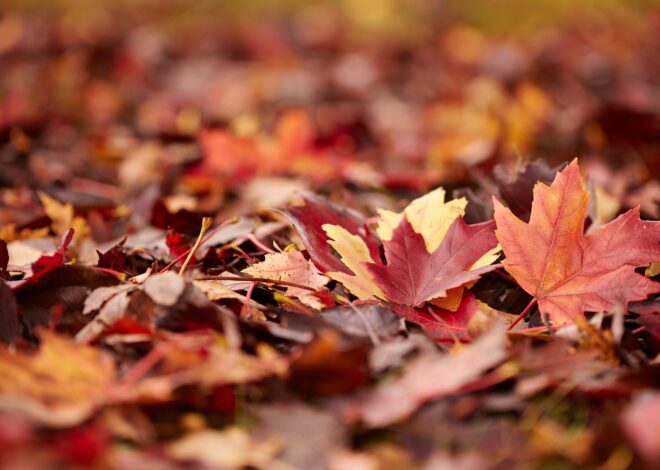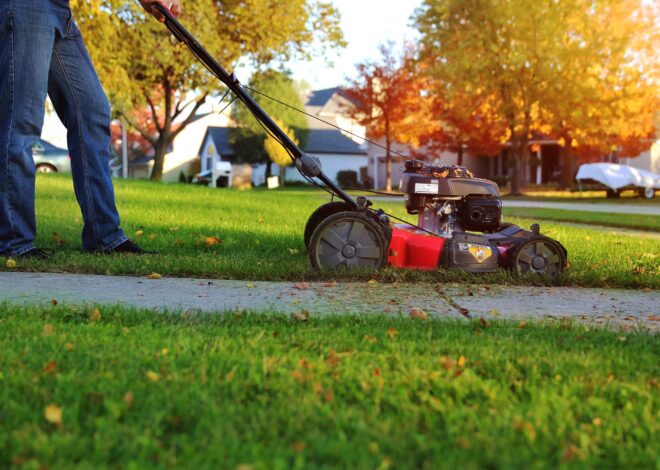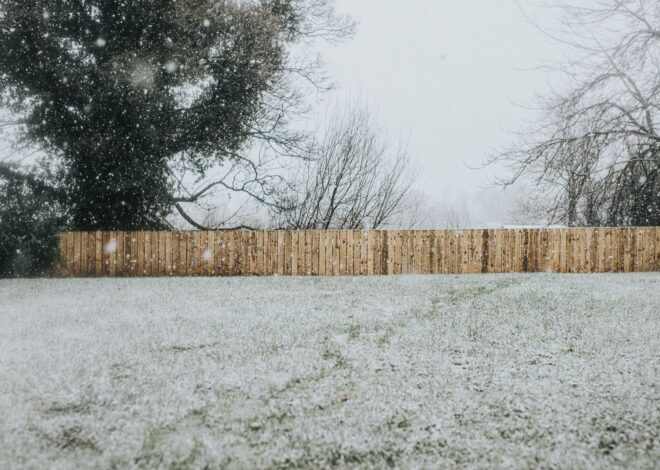
Can You Mulch inside the Fall? 5 Causes Why You Must
The automobile parking space at your native yard coronary heart can inform you quite a few in regards to the recognition of mulching in spring. That’s when pallets of bagged picket chips and shredded bark jockey with vehicles for parking spots. Nonetheless what about mulching in fall? Fall is unquestionably a great time to mulch (nature proves that point yearly when leaves drop and develop to be a mulch of their very personal). Have in mind the following benefits of mulching in fall and get must-know options for together with mulch precisely sooner than winter hits.
Benefits of Mulching inside the Fall
Together with mulch inside the fall will help your yard fare larger by the use of winter. And even in the event you occur to added mulch in spring, autumn is an efficient time to excessive up the protective layer as a result of subsequent benefits:
1. Security from temperature extremes.
Fall mulching can help defend vegetation in winter by decreasing the opportunity of frost heaving. That’s when the soil alternates between freezing and thawing, damaging the crown and root system of newly planted bushes, shrubs, and perennials by pushing them out of the underside. Mulch insulates soil from huge temperature swings.
Merely ensure that to not put down mulch too early in fall, which could delay dormancy and make vegetation further weak to wreck from the chilly. It is best to place down mulch in fall after vegetation go dormant.
Whereas leaves could be left in place as they fall, picket chips (aged picket chips are preferred) have to be distributed after the underside has frozen so the mulch does not develop to be a winter home for small animals like voles, which eat plant roots and can hurt your vegetation.
2. Conserving soil moisture.
Together with a layer of mulch in fall helps keep moisture inside the soil, which is particularly vital when a dry autumn precedes a cold winter. If that happens, or if there’s a shortage of insulating snow cowl, winter desiccation can occur. Evergreens are notably weak to winter desiccation within the occasion that they lose further moisture by the use of their foliage than roots are able to purchase.
Further moisture could be detrimental to some vegetation, significantly thick-leaved succulents, which favor drier web sites. Use inorganic mulches resembling stones or gravel to mulch succulents, holding the mulch a variety of inches away from stems.
Steer clear of piling mulch in opposition to stems and tree trunks, which could entice moisture and set off points with sickness and bugs. Moreover, do not distribute mulch too thickly, as it would in all probability cease moisture and oxygen from reaching roots. Sometimes, 2 to 4 inches of mulch is the optimum amount.
3. Loads of leaves to utilize.
Small or shredded leaves make an excellent mulch, significantly for vegetable gardens and annual beds. Shredded leaves could be useful in insulating grafted roses for the winter when hemmed in with a cylinder of hen wire.
Observe that full leaves, significantly huge ones like maple, sycamore, and oak, are inclined to each blow away or mat down and smother herbaceous perennials, which is why it’s best to shred leaves sooner than using them as mulch. Nonetheless, full leaves will work in a border of woody vegetation (and provide overwintering sanctuary for helpful bugs and pollinators).
4. Expend grass clippings.
Delicate fall local weather means it’s possible you’ll attainable nonetheless be mowing. These grass clippings make an excellent mulch once they’re allowed to dry first after which utilized in skinny layers (up to date grass clippings can kind a dense mat and develop to be smelly if utilized thickly). Nitrogen-rich and able to break down quickly, they’re useful in vegetable gardens and annual beds significantly. Do not use grass clippings from simply currently dealt with lawns spherical edibles. And don’t use clippings from weedy lawns that can introduce weed seeds to your yard beds.
5. Fewer weeds in spring.
Mulch discourages weeds by blocking daylight and showing as a bodily barrier to germination. Nonetheless, it could possibly additionally discourage desired flower seeds from germinating. As an example, you in all probability have self-seeding annuals that you just simply must return the following spring, it’s possible you’ll need to tug once more the layer of mulch when temperatures warmth up as soon as extra to allow germination to occur.


